|
Things will look a bit different in the office as we have made many changes to keep you and your family, and our team safe.
What we are doing to ensure your safety during your visit:
I often find poor sleeping habits contribute to chronic neck or back issues. A question I commonly get asked is: what is the best way to sleep for good posture? Read on to find out.
✅Sleeping on your back or side keeps your spine in the most neutral position, If you choose to sleep on your side, make sure to support your pelvis with a pillow between your knees. ✅Take a look at the type of pillow that you use. If you sleep on your back, you need a lower pillow. Remember that the neck is what really needs to be supported vs. your head. If you sleep on your side. there’s a bigger negative space between your head and shoulder, so you need a firmer and higher pillow. ✅Tuck the bottom of the pillow above the shoulders. The pillow should support your neck, not your shoulders. ✅Medium-firm mattress is best. A mattress that is too soft will cause the heaviest parts of your body to sink, while a too firm mattress will not support the curves of the spine. A good sleeping posture will improve the quality of your sleep, improving your overall energy and mood. Sweet dreams! Happy Posture Month! In honour of posture month, I will be posting posture tips on my Instagram page @drevechoe as well as some on the blog throughout the month of May.
How to fix the habits causing your bad posture so it doesn't ruin your look — or your backWritten by: Andrea Kerr for The Werk
If you work from a couch, or even from a desk, you've probably made peace with hunched shoulders and a mildly achy neck — but did you know that slouched posture has serious consequences for your image and your health? “If you have bad posture, people assume that you’re not confident,” says Eve Choe, a Toronto-based chiropractor who offers a 12-week posture workshop at her clinic. “You appear shorter and people assume you’re tired.” Poor posture also has negative health consequences like “chronic fatigue, muscle fatigue, headaches and back pain. You can have sleep and digestive problems, difficulty concentrating. It causes so many issues,” Choe says. But contrary to popular belief, super-straight military posture is not the ultimate goal. Instead, “good posture maintains three natural curves in the spine at the neck, mid-back, and low back,” says Choe. When you look in the mirror, your eyes should be level, as should your shoulders, hips, knees, and ankles. From the side, your ears, shoulders, hips, knees, and ankles should create a straight line that, again, maintains the natural curves in the spine. If you frequently notice that you appear slouched in photos or videos — or that your grandma’s always bugging you to sit up straight — try these tips for correcting the habits that cause bad posture in the first place. 1. Check your smartphone. Lately, the most common form of bad posture that Choe sees at her clinic is the forward head tilt — and one of the main causes is smartphone use. Many people spend hours on their phones each day texting, answering emails, and posting on social media, and they hold their phones in their laps, which causes neck strain. The correction? “Bring your smartphone to eye level instead of bringing your head down to it,” says Choe. 2. Adapt your workspace. “Laptops are built for portability,” Choe notes. “They’re not built for our bodies. Often, we will hunch forward so we can have our eyes level with the monitor of the laptop.” To correct this posture, consider purchasing an external keyboard or monitor so that you can space them to work for your body when your posture is at its best. Also, try to avoid sitting on soft couches or armchairs to work because they will likely raise your knees above your hips, which then rounds out your lower back. Instead, choose a chair that allows you to sit directly on your sit bones (not on your tailbone) with your knees at 90 degrees to your hips. 3. Take frequent breaks. It’s time to curb your habit of staring at your computer screen for three, four or five hours straight — even if you have the perfect office set-up. “A good tip is 20-20-20,” says Choe. “So every 20 minutes, try to get up for 20 seconds and look 20 feet away. It also gives your eyes a break.” If you can’t break every 20 minutes, aim for every hour. 4. Think long. Don’t think “straight” when you’re trying to correct your posture, because a healthy spine isn’t straight. Instead, imagine a string attached to the top of your head and pulling you upwards. Your shoulders should be back, yet relaxed, and you should maintain the natural curves in your spine. 5. Work it out. When working to correct bad posture, Choe gives her clients plenty of exercises to do at home. She loves head retraction and scapula retraction exercises, in particular. “For head retractions, you bring your head in toward the body with your chin tucked,” she says. “You don’t look down. You don’t look up. You bring your head straight back. With a scapula retraction, you squeeze your shoulder blades together.” Choe also likes to strengthen the muscles that stabilize her clients’ shoulder blades by recommending wall angels, which are snow angels performed up against a wall. 6. Change your sleep habits. How you sleep each night can have an effect on your posture throughout the day. “Sleeping on your back keeps your spine in the most neutral position, but side sleeping is also good,” says Choe. If you choose to sleep on your side, make sure you support your pelvis with a pillow between your knees. Also, take a look at the type of pillow that you use to support your head. If you sleep on your back, you need a low pillow. If you sleep on your side, “there’s a bigger negative space between your head and shoulder, so you need a firmer and higher pillow.” 7. Book an appointment with a chiropractor. A chiropractor can make adjustments that “restore mobility and movement back into the joints in the spine,” says Choe. These adjustments can also relieve stress that’s placed on the body when there’s a locked or restricted joint. After your adjustments, ask your chiropractor for additional at-home exercises to correct your specific posture concerns. Bad posture is a habit that you’ve developed over several years. Give yourself the time to correct it (Choe says it will likely take at least 12 weeks) and you’ll see improvements in your health and the image that you project to your colleagues, employers and future clients. Stress isn’t always a bad thing; it can be handy for a burst of extra energy and focus, like when you’re playing a competitive sport or have to speak in public. But when it’s continuous, it actually begins to change your brain. Most people don’t know this, but when you receive a chiropractic adjustment, your body responds positively as realigning your spine helps open the channels of communication between your brain and other bodily systems, allowing it to properly heal all on its own. Essentially, this means less pain and less stress, and improved function of every system in your body. Watch this video to learn how chronic stress can affect brain size, its structure, and how it functions, right down to the level of your genes. Lesson by Madhumita Murgia, animation by Andrew Zimbelman. Want to know how stressed YOU are? We use cutting edge technology to objectively measure your stress and your nervous system health. Good posture is associated with better health and human function. Proper postural alignment protects the integrity of your internal organs and supports your body upright against the ever present force of gravity. Upright posture, with your head up and chest forward is associated with a higher level of self-perceived leadership and confidence. There are many preventable health consequences of poor posture. This checklist will help you look thinner in an instant, reduce stress, and increase your level of confidence. Yes, all those positive health affects are associated with your POSTURE. Let’s get to work. Original Author: Dr. Krista Burns
Foam rolling when used correctly, can make a chiropractor’s job all the more simple. Accelerated blood flow, repairing muscle adhesions, speeding up recovery time, and improving overall physical performance are just some of the health benefits you can expect from this simple tool.
Unfortunately, incorrect use of your foam roller can actually cause tissue damage, which is why you need to be wary of the five following rolling mistakes people commonly make, as well as how to avoid them yourself. Rolling with Bad Posture Contorting the spine is one of the most unsafe errors that people tend to overlook during their foam rolling routine. In many of these positions, you are holding up your frame using your arms alone, and by ignoring your posture and core support during these actions, you could be setting up an injury rather than reaping any health improvements. Open communication with a chiropractor or personal trainer should help you refine your technique of a neutral spine alignment. Alternatively, you could set up a camera or ask a friend to film you whilst you complete a session, and then analyze your approach afterwards, keeping a watchful eye on sagging hips or an unnaturally curved back. Rolling Your Lower Back No matter how pleasant it feels, there is never any reason to foam roll your lower back. This specific area is designed to provide a steady core, and the placement of unnecessary pressure upon the region will cause your muscles to contract as a defense mechanism to protect the spine. Instead, use the foam roller freely on your upper back (down to the end of your ribcage), as this area has plenty of muscle which surrounds the spine, and that keeps it safe and cared for. You can also try targeting locations around your lower back (such as the glutes or quads) as a much safer release to any stiffness in this general region. The most important part of rolling is to figure out exactly what it is you’re trying to achieve, and then researching how to do it properly, rather than haphazardly acting towards any vague objective. Rolling Too Fast or for Too Long Very often, people skip all the benefits of massage rollers by favoring the sensations, rolling at high speeds or for a far lengthier amount time than recommended. It takes a while for your brain to send the relaxation signal to your muscles, so don’t hurry your movements. However, on that note, if you’re rolling for longer than 20 minutes just to access any relief, you may have a more serious underlying problem, and should seek medical attention. Your best bet is to slow down, locating the more sensitive areas, and concentrating on short, drawn out rolls over those specific points. You should also limit each muscle group to a maximum of 90 seconds per cycle, stretch in between the rolls, and then repeat up to three times. As always, rather underwork than overwork, and speak to your chiropractor if you have any doubts. Rolling Directly on Painful Areas or Injuries The compulsion to fixate on a painful area is a natural reaction, but many experts agree that this is not the way to go about it. As a rule, always remember that rolling on inflammation can cause further inflammation. This advice applies even more critically to any recent injuries, as you can exaggerate the already aggravated tissue and hamper the body’s ability to repair itself. A painful spot is a warning cry to stay away, and so keep those rollers a few inches distance from any sensitive muscles, working on the surrounding connected groups instead. And never rely on your foamy friend to be the exclusive hero of your recovery, as more severe injuries will necessitate additional care, often by a professional. Using the Incorrect Foam Roller Finally, it is worth noting that your foam roller itself can be cause problems. A big mistake many newcomers to the rolling world make, is selecting an unreasonably hard and textured product to loosen their tissue, when it could actually have the complete opposite result. The firmer the foam, the more compression on your muscles, and if you’re not used to it, this can lead to pain and even bruising. If you’re just starting out, a more cushioned, even-surfaced foam roller will be a much safer choice, and you can gradually work your way up the firmness scale without any worries or stress. Author: Nurse Susan has always been passionate about helping people heal. After she retired from a lifelong career as a nurse, that passion didn’t go away. She loves to use her expertise to write about the best ways to keep you and your family healthy, active, and happy. This isn’t another article about modern phone habits. We know we’re all working hard (right?). But you might want to watch your posture to avoid health issues.
Dr. Kenneth Hansraj, one of the top spinal surgeons in the United States, conducted a study on “text neck” and concluded that loss of the natural curve of the cervical spine can lead to early degeneration of the spine. His study showed that an adult head weighs an average of 10-12 lbs. in a neutral position. However, when you bend your head forward about 60 degrees to look down (like on your phone), your head is now the equivalent of 60 lbs to your body. Modern strains Because of modern-day hand-held technology, according to Dr. Scott Bautch, from the American Chiropractic Association, “When children have poor posture it tremendously speeds up the gaping of the spine. What we are seeing is degeneration of the spine at younger and younger ages.” But smart phones aren’t the only culprit in poor posture. Spending hours at a time at a desk, or watching TV, without moving can also be detrimental to your posture. Even with ergonomically designed furniture and standing desks, it’s important to break your posture, or move, every 15 minutes. “You develop imbalances and you are more likely to hurt yourself in any activity you do.” It’s all about balance By sitting in the same position for hours at a time, poor posture overworks one set of muscles while the other set of muscles are underworked. “You develop imbalances and you are more likely to hurt yourself in any activity you do,” concludes Dr. Bautch. There are things you can do to alleviate some of the modern-day stresses on your body and spine. For starters, always make sure your screen, whether computer screen or smartphone, is at eye-level so you aren’t hunching over. Dictate your texts — that’s what Siri is for. And of course, take a break every 15 to 30 minutes. Your body and mind will thank you for it. Source: Media Planet Join Bloor by the Park as we celebrate the 7th Annual Toast to Autumn festival on Sunday October 22nd with live music, food & drink vendors, art vendors, giveaways, childrens activities, & more! FREE ADMISSION.
Featuring The Howll, Santerias, Beverly Taft, HMCS York Navy Band, The Wasted Knights, and Candy Apple Jazz Band. Kick up your heels for the POLKA DANCE CONTEST with polka Hall of Famer Ed Guca & the Polish Canadians...prizes to be won! Bring your friends and family for free pumpkin carving, face painting, button and soap making, crafts & more. Local restaurants dishing out $5 food specials. LLBO. Brought to you in part by Tim Hortons, Scotiabank, RE/MAX West Realty, Lithuanian Community Association of Toronto, Pet Valu High Park, and the many businesses of Bloor by the Park BIA. Visit www.toasttoautumn.com for more info. |
AuthorDr. Eve Choe is a Toronto-based chiropractor, and certified posture expert, acupuncture & orthotics provider. Archives
November 2023
Categories
All
|

|
|
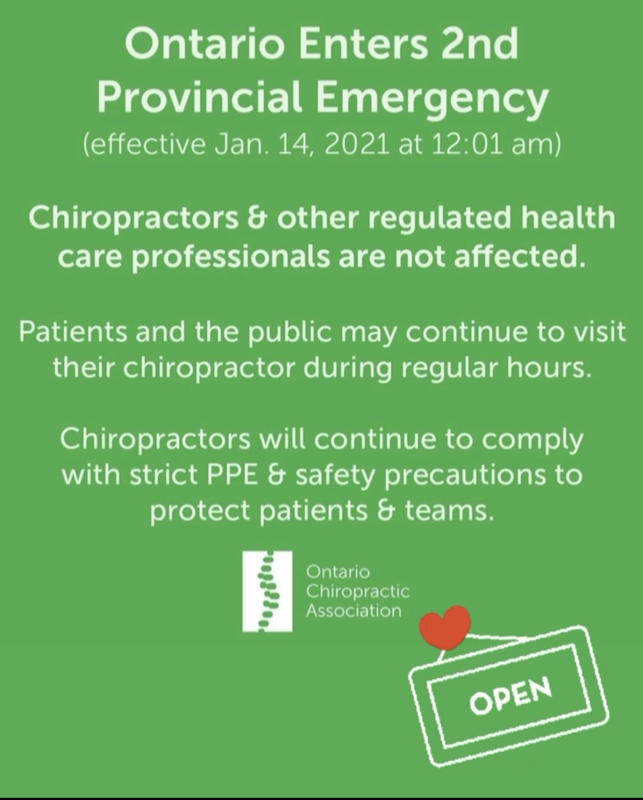
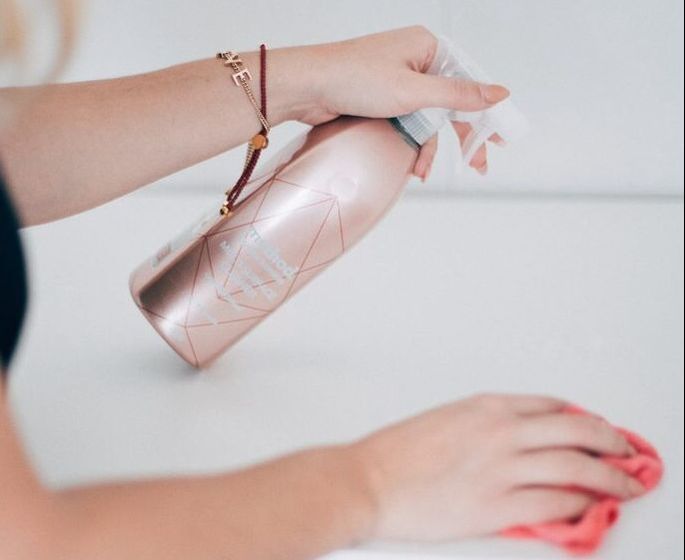
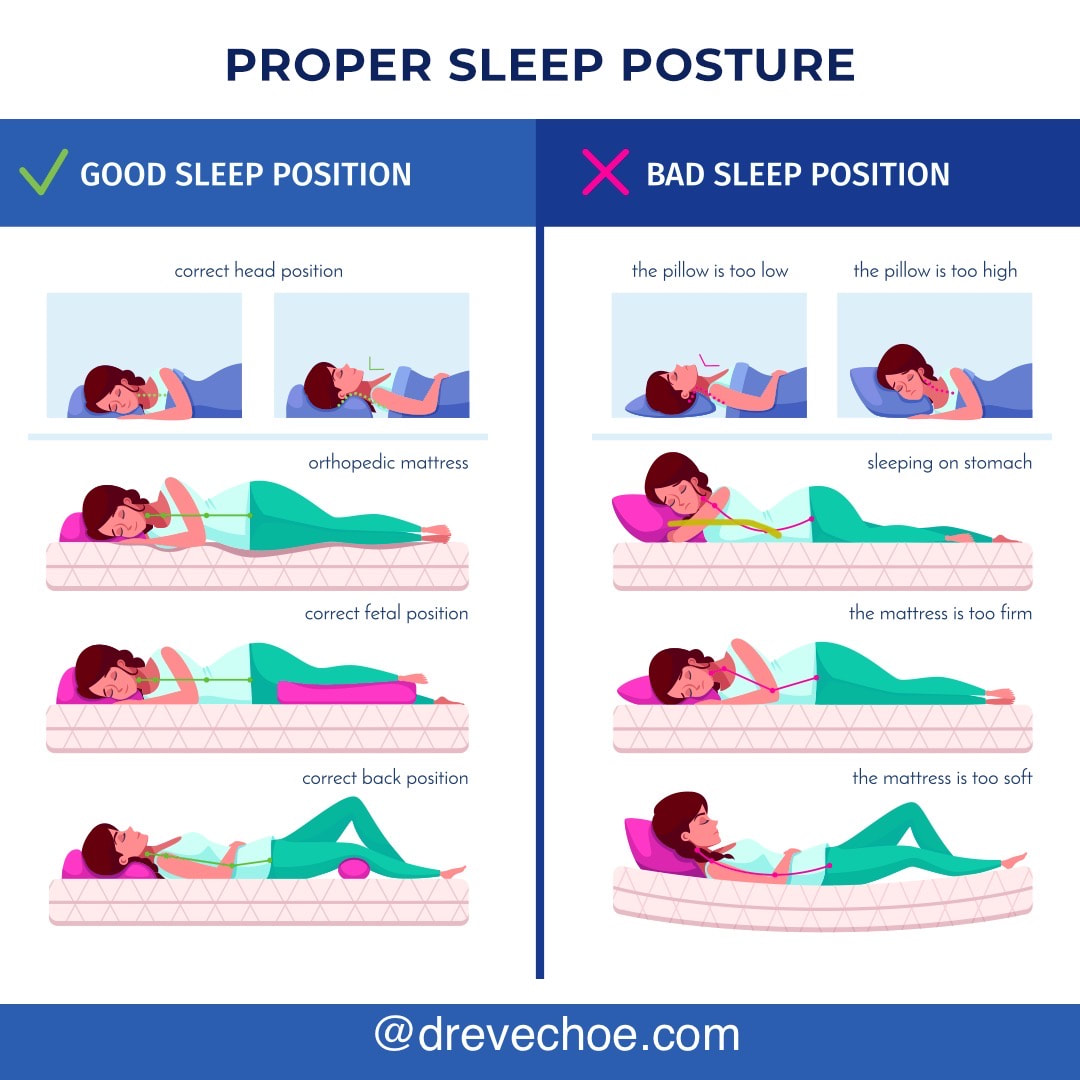
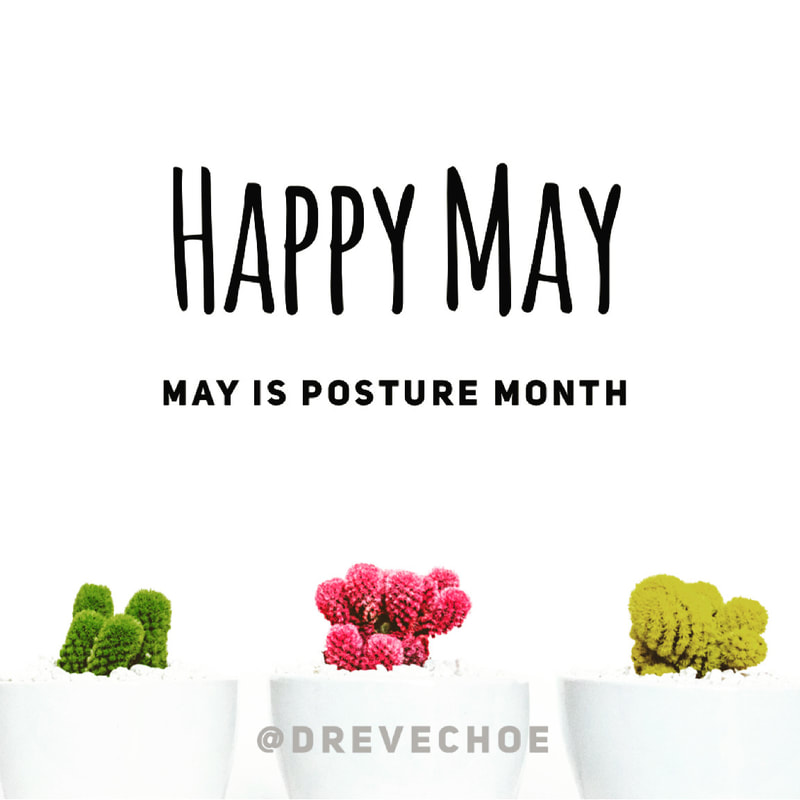
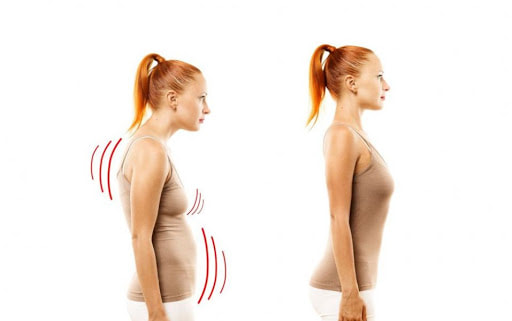
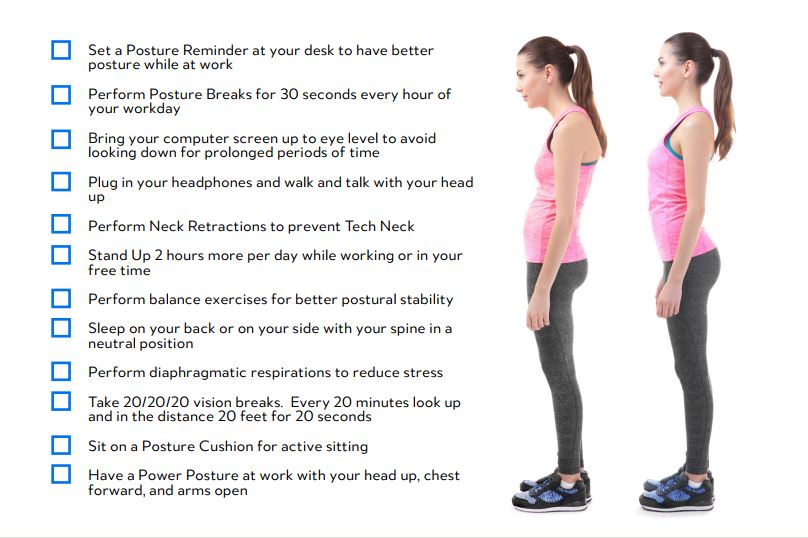
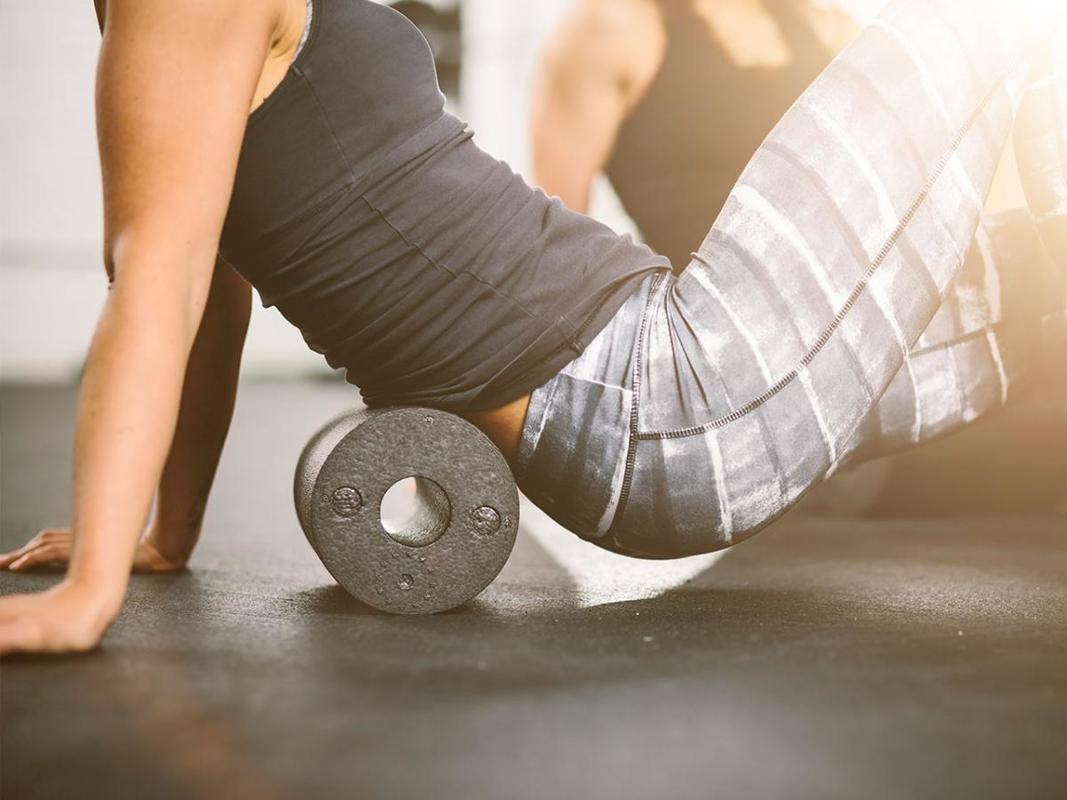
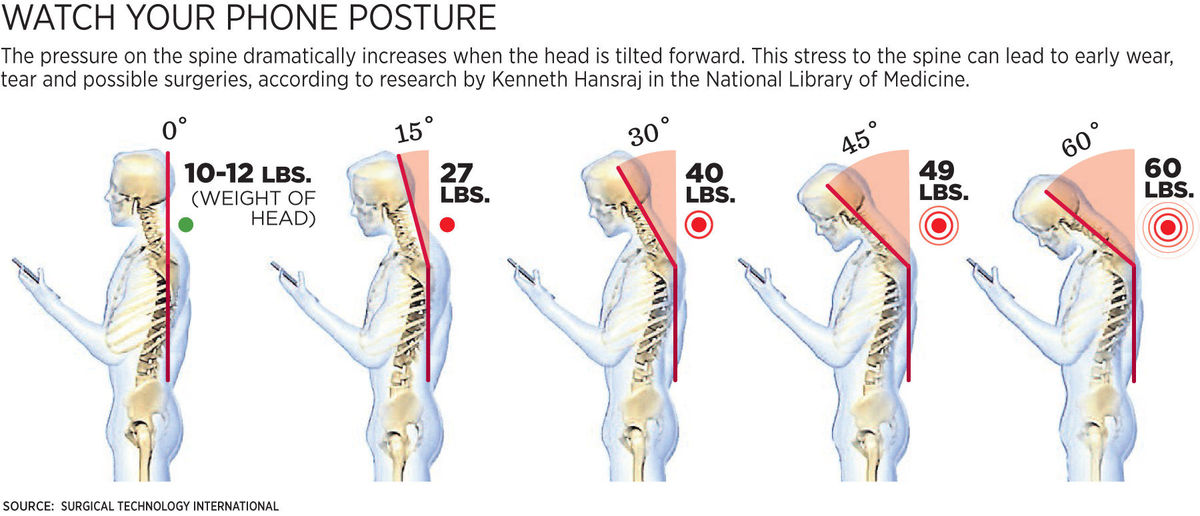



 RSS Feed
RSS Feed